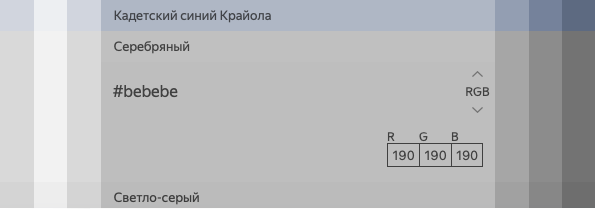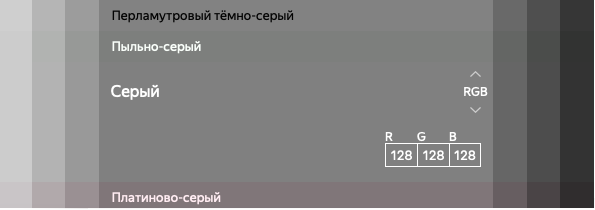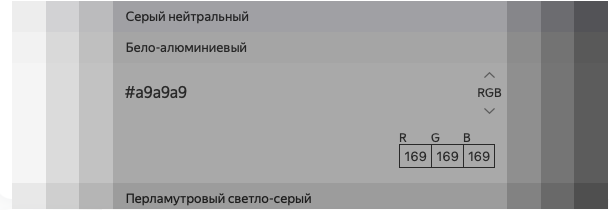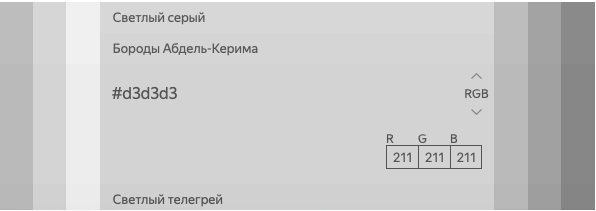Gray is widely used in web design for its neutrality and ability to harmonize with other colors. However, in HTML and CSS there is an interesting confusion around gray color names that can mislead even experienced developers.
Historical Context
The story begins with the X11 color set used in the X Window System, which served as the basis for early browsers such as Mosaic and Netscape Navigator. In this scheme, the color Gray had the RGB value 190,190,190, corresponding to 75% on the 0–255 scale. This shade was lighter than many others used today.

As standards evolved, the World Wide Web Consortium (W3C) adopted the X11 color set but with changes that shifted the values for many colors. As a result, in the new color scheme the value of Gray changed to 128,128,128 (50%), making it noticeably darker than in the original X11 palette.

The Dark Gray Mix-up
It’s interesting that the color Dark Gray in HTML and CSS is now represented as 169,169,169 (66%), which makes it lighter than Gray. This is counterintuitive, since logically Dark Gray should be darker than Gray.

Adapting Values to Modern Standards
When the W3C incorporated the X11 color set into its standards, many original values were retained to ensure backward compatibility. Light Gray kept its value of 211,211,211 (83%), becoming the lightest of the three shades discussed.

Practical Implications for Developers
Developers should be careful when working with these colors, as intuitive assumptions about the light-to-dark gradient can lead to design errors. It’s important to check actual RGB values rather than relying solely on color names.
Conclusion
The ability to use both Gray and Grey (the British spelling) without any change in color value in code is a curious feature that adds flexibility to web development. It shows how historical legacy continues to influence modern technologies, sometimes introducing small confusions into standard practices.
This paradoxical situation with gray shades is a good example of how the history of web standards can affect developers’ everyday work.
